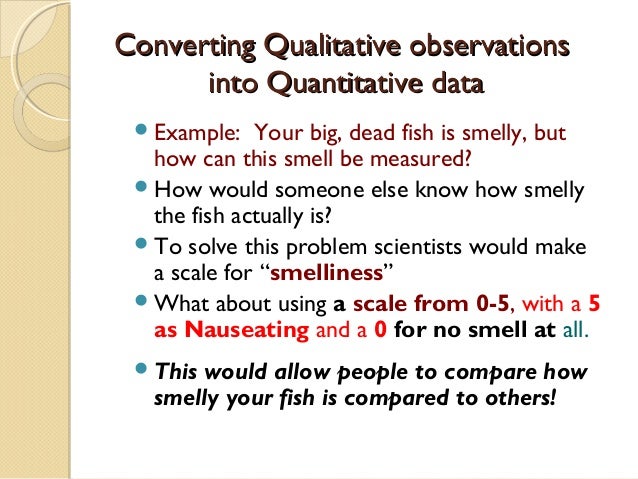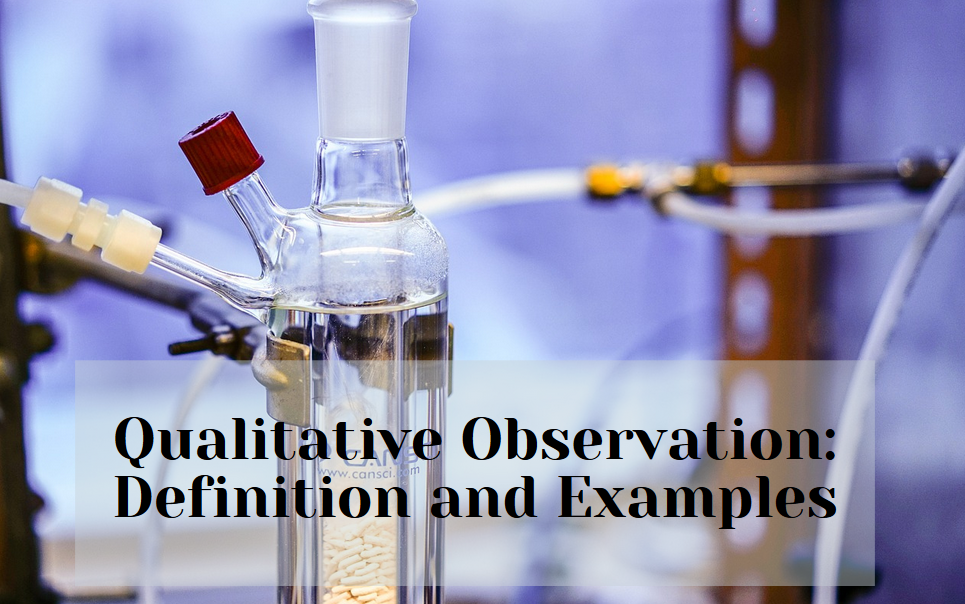

That is, you join the group without the other participants knowing that you are the researcher. In this case, the researcher becomes a natural part of a group to better understand the people or phenomenon under study. Researchers use this type of qualitative observation to identify trends or prove a hypothesis. In this method, the researcher examines the participants based on specific issues or contexts. Here, the researcher collects subjective data about an object, phenomenon, or process without the participants knowing they are under investigation. The main types of qualitative observation that researchers use include: Direct observation There are several methods of qualitative observation.

What are the types of qualitative observation? So researchers using this method must always remember to give in-depth attention to each study. UniqueĮach research study under qualitative observation is different from the other. Researchers using the qualitative observation approach are expected to recognize their own biases when compiling their findings. Hence, there are no right or wrong answers. Also, participants provide answers to the researcher’s questions based on their discretion. It looks for characteristics and patterns to support the research hypothesis. Unlike quantitative methods of data collection, qualitative observation does not seek a definite answer. So the results of qualitative observation can vary from person to person, depending on their skills, education, and background.

This approach solely depends on the observation of the researcher. You can only use this research method when the natural environment for observation exists. Qualitative observation is a research method that involves studying the participants in an environment native to them. There also is the possibility that new hypotheses and theories will emerge. The researcher establishes new questions as the study progresses. It is also not unusual for new hypotheses and theories to emerge during the research. Qualitative observation is inductive as the researcher is immersed in the research alongside the participants. What are the characteristics of qualitative observation?īelow are some of the characteristics of qualitative observation to help you differentiate it from other research methods. Qualitative observations are usually used by social scientists, sociologists, and psychologists to gain a more comprehensive understanding of human and animal behavior. This data collection method allows you to better understand the processes, culture, or people under study. Qualitative observation enables the researcher to observe, interact and gain a rich picture of participants in their natural environment. This approach does not involve quantitative measurement it only deals with data you can observe with your senses. It is a subjective method of gathering information as it depends on the researcher’s sensory organs. Qualitative observation is a research method in which researchers collect data using their five senses, sight, smell, touch, taste, and hearing. What is the definition of qualitative observation?


 0 kommentar(er)
0 kommentar(er)
